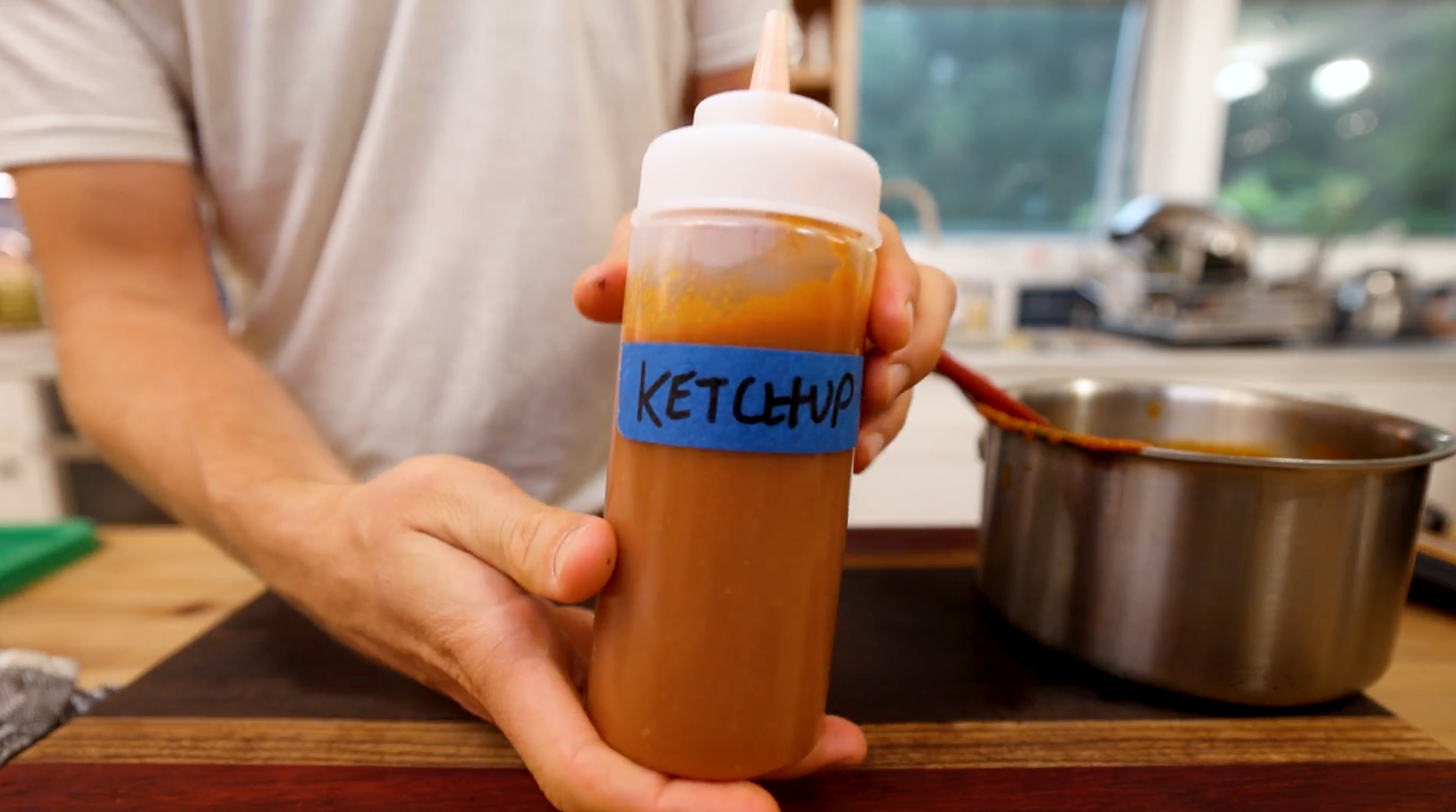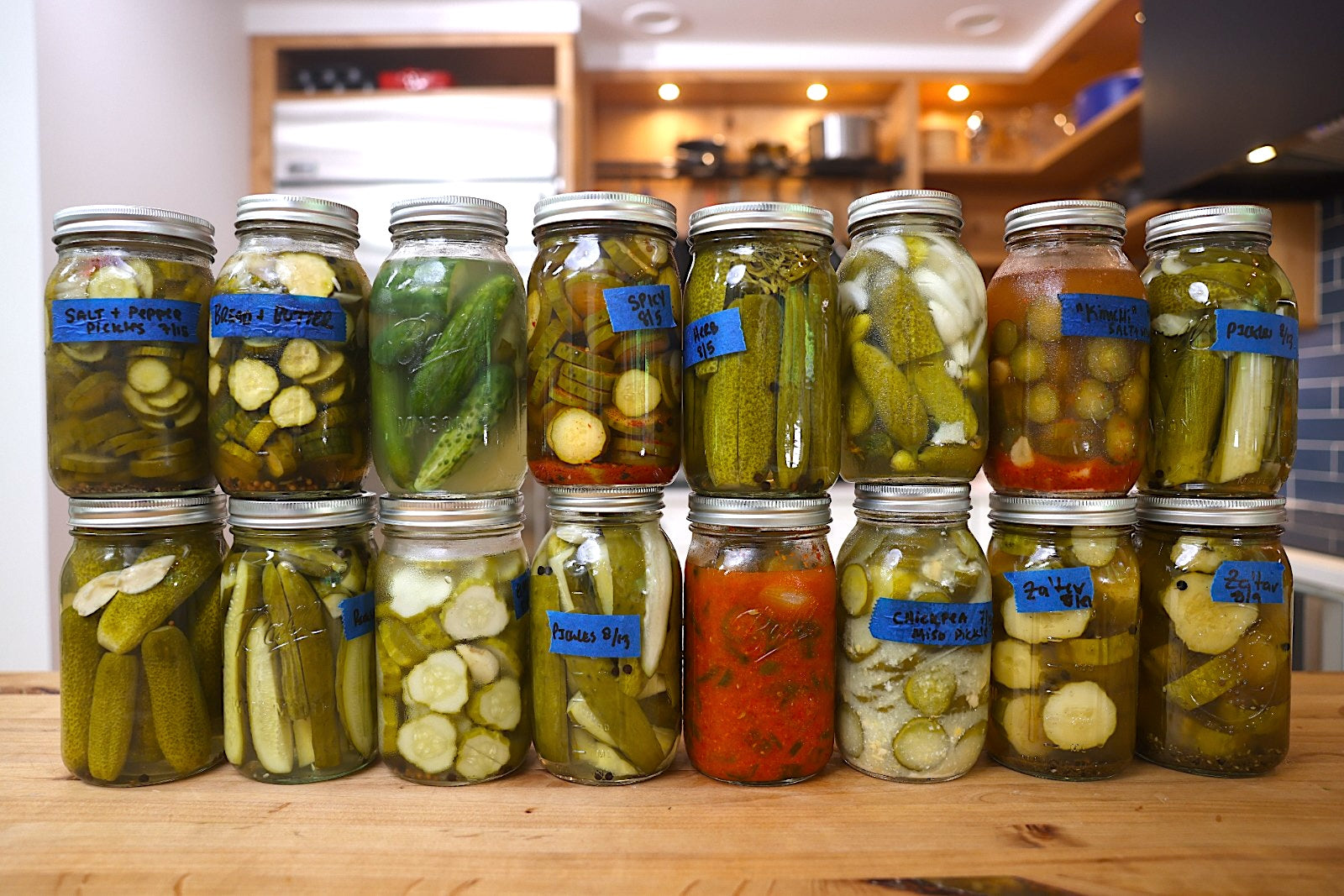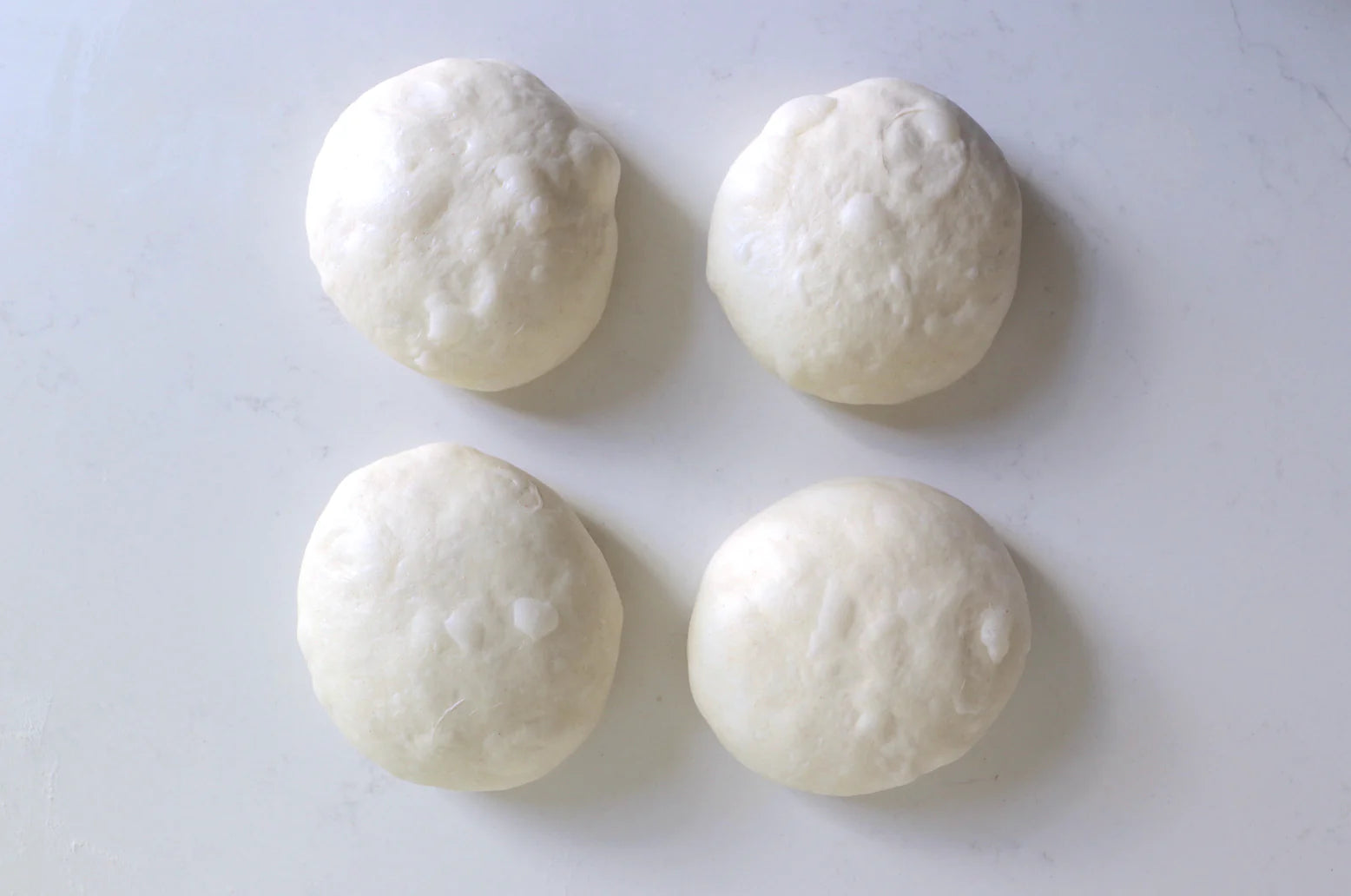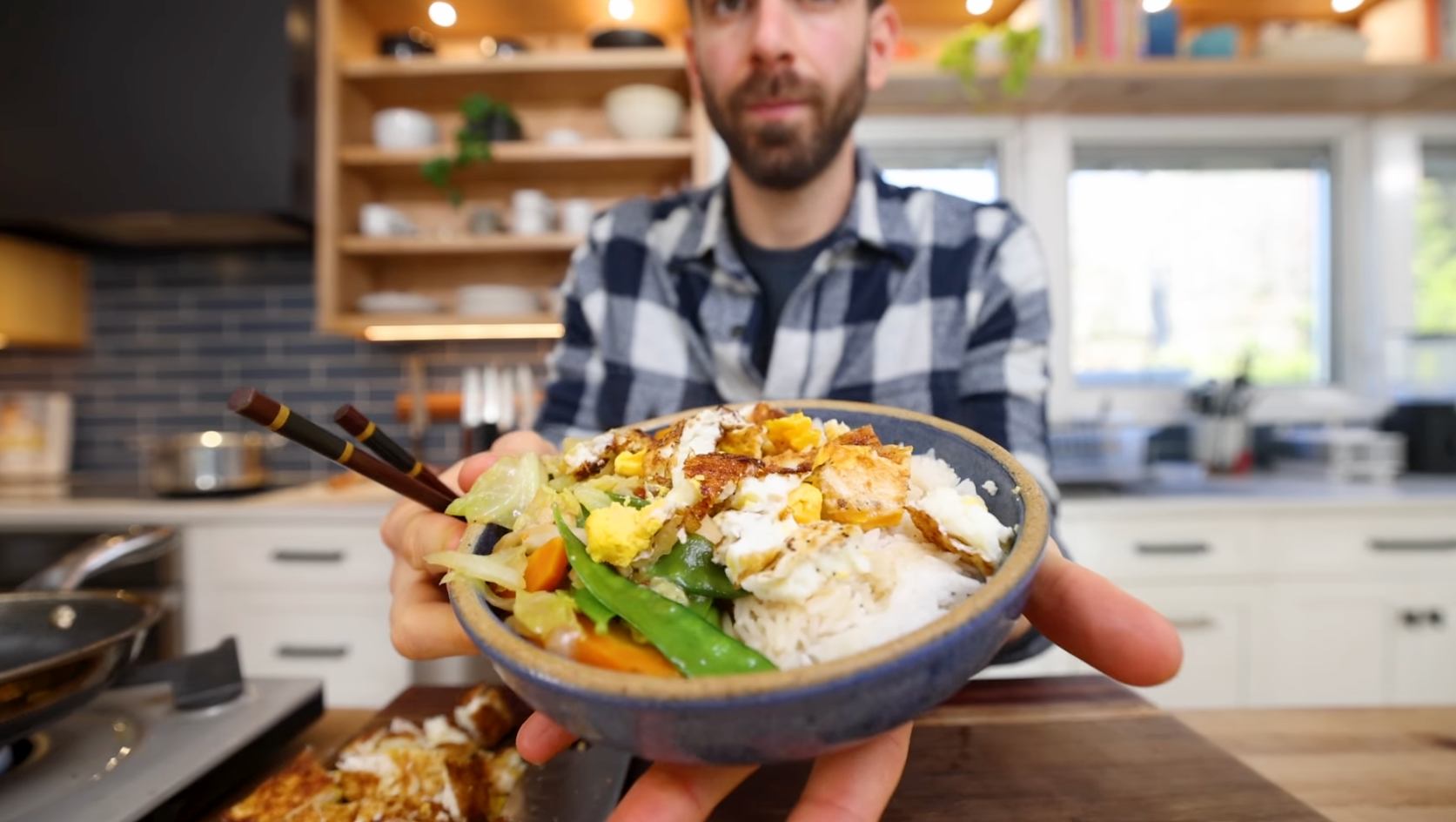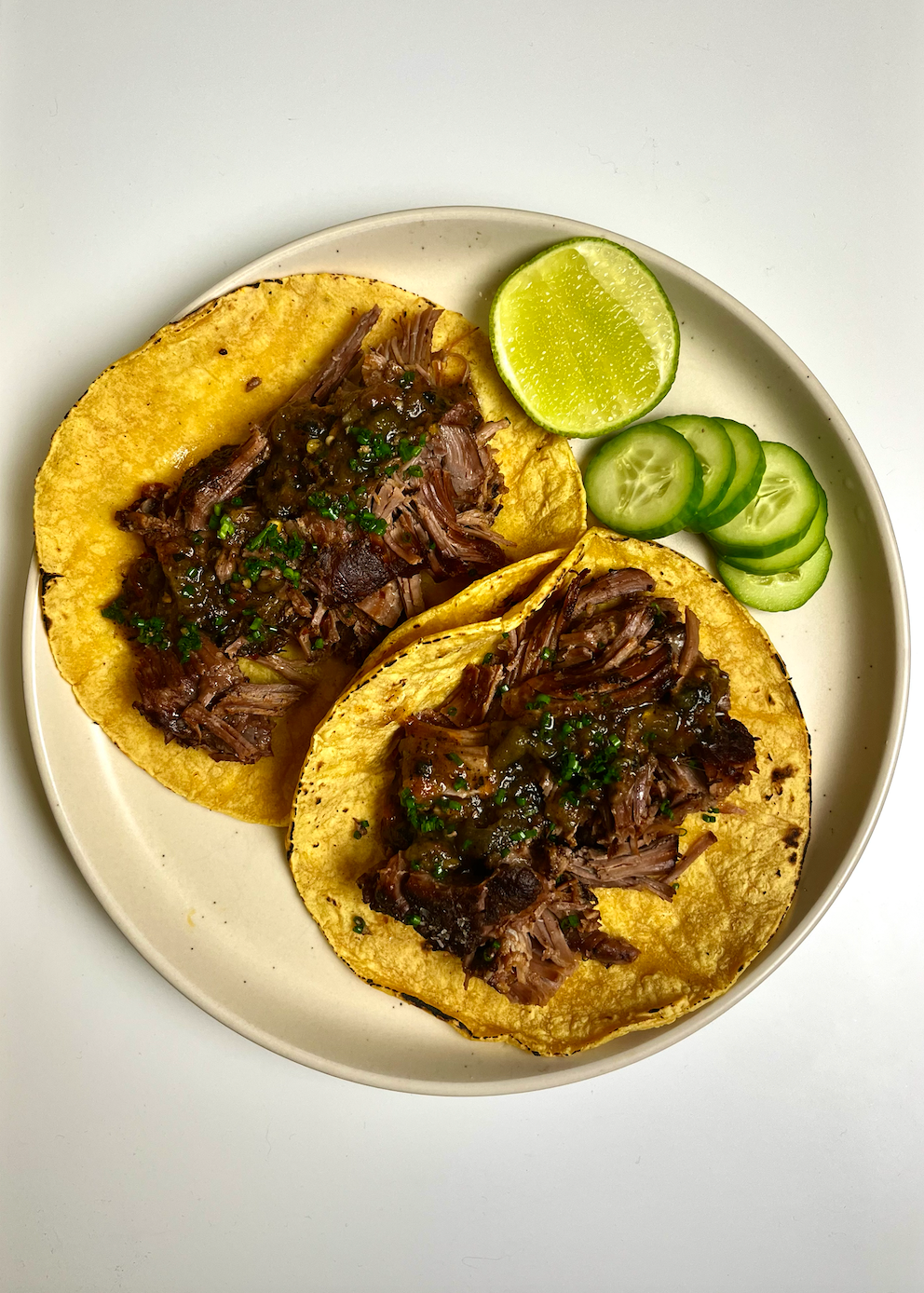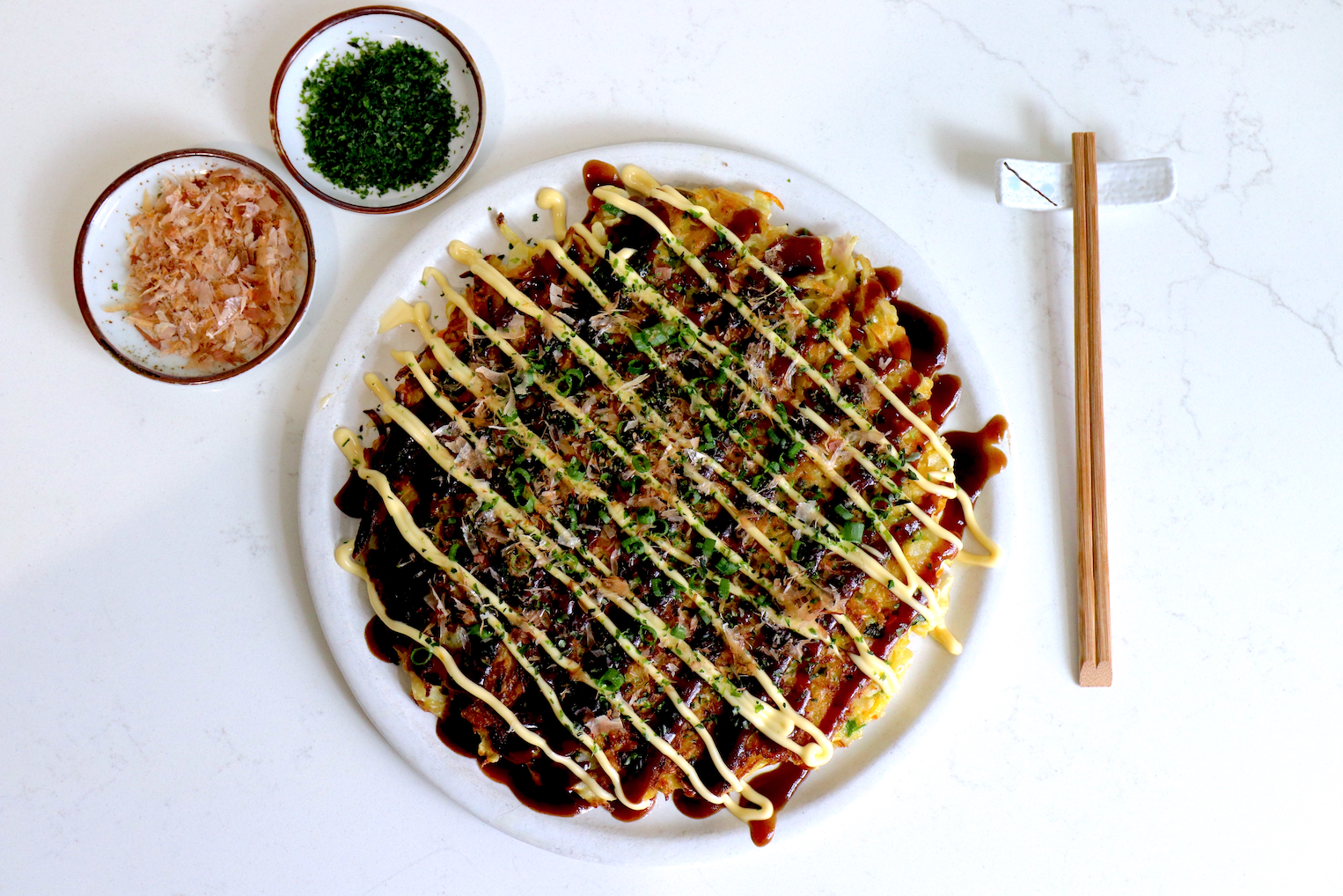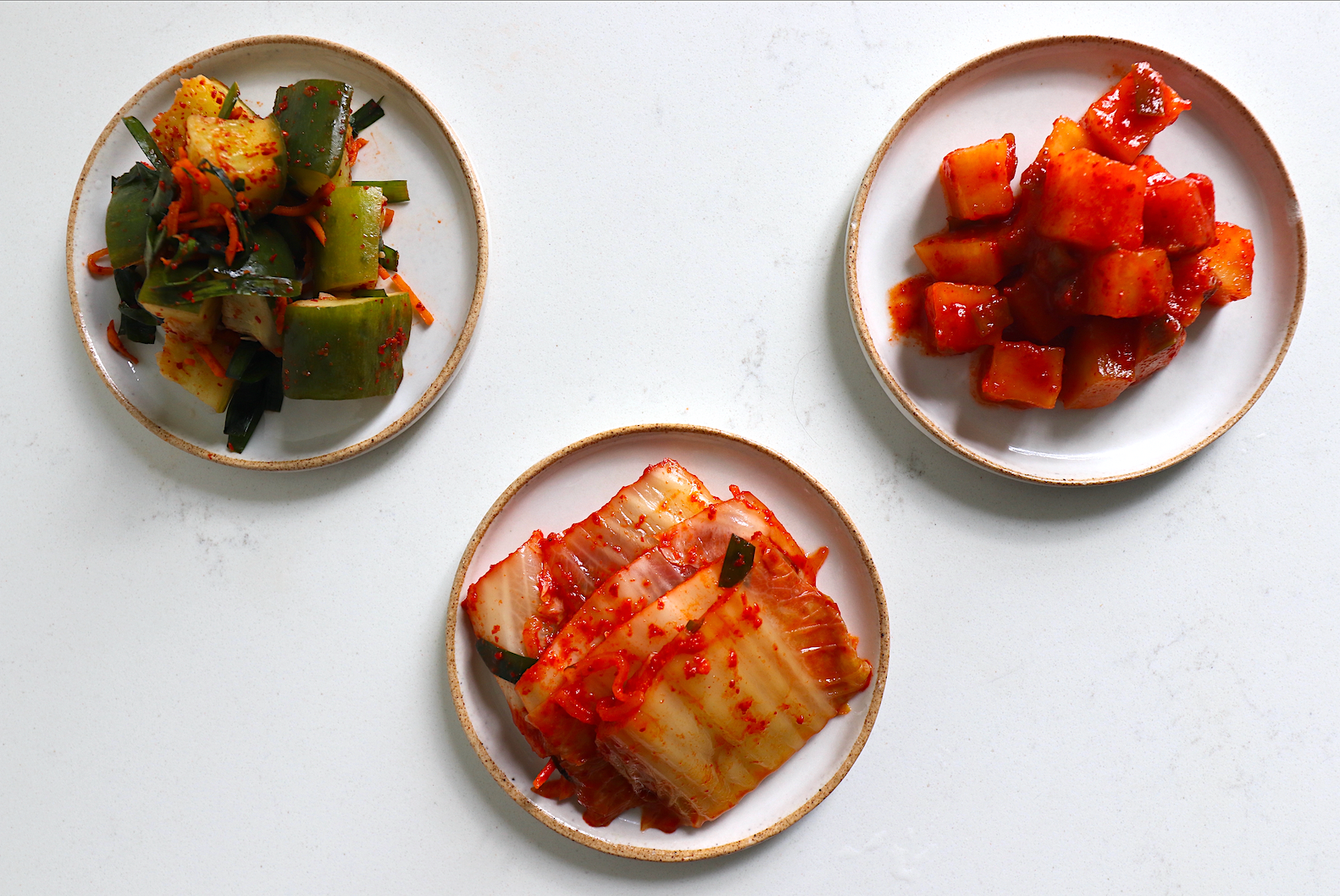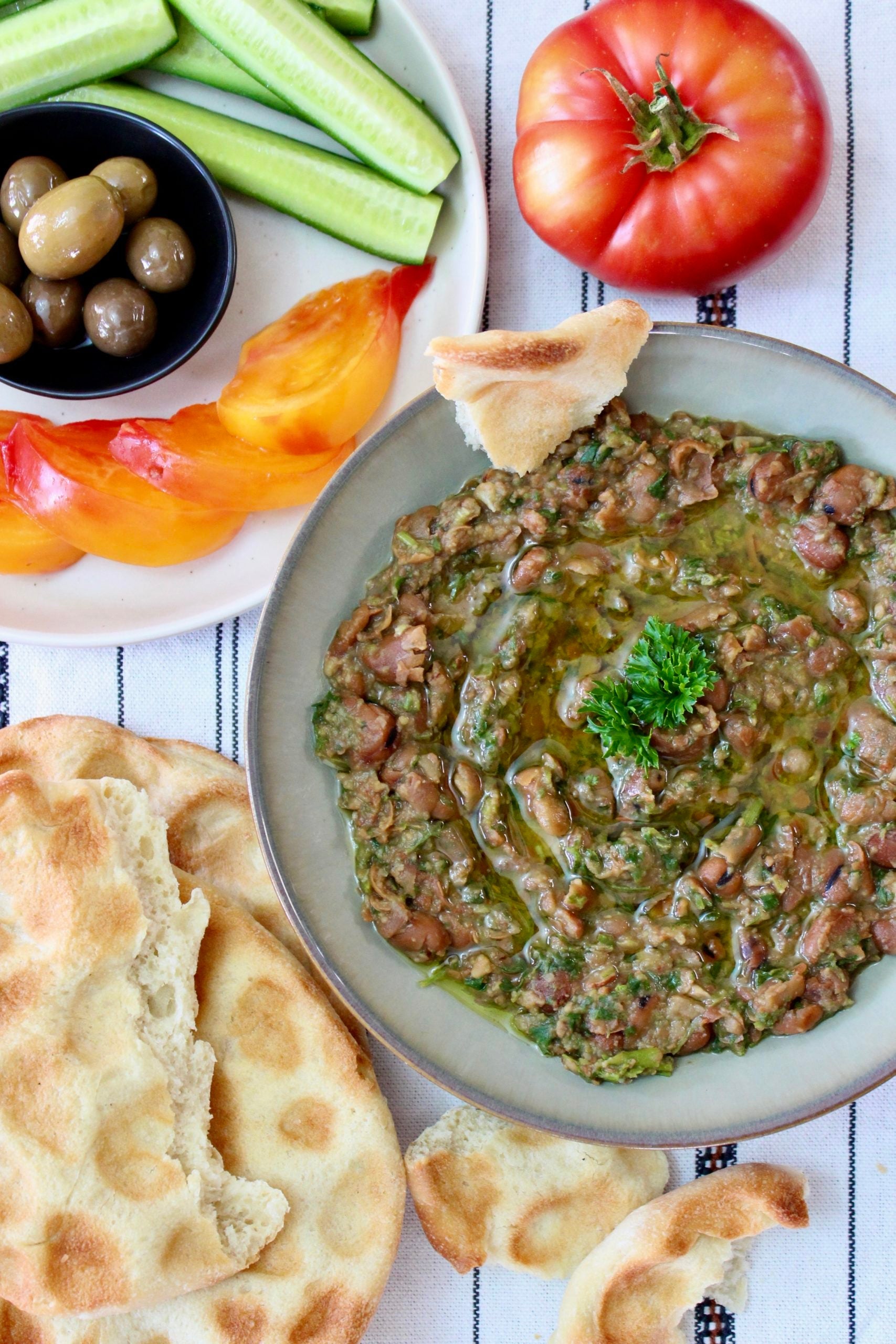
The Platonic Ideal of Breakfast – Ful Mudammas
By Brandon Muhawi
Senior Food Writer at Pro Home Cooks
“It’s simple, healthy, easy, and delicious.”
Those are the words my grandfather’s chooses to describe almost any meal he cooks, regardless of how accurate that may be. However, it doesn’t ring more true than when we sit around a plate of ful mudammas (or just “ful”, for short). It truly is simple, healthy, easy, and most of all delicious. It’s no wonder that this is a go-to morning meal throughout much of the Middle East. I’ve had eaten this countless times in my life – so often that the thuddy sound of fava beans being dumped into a saucepan is ingrained in my memory.
Ful (pronounced “fool”) has only approximately 5 ingredients, takes minutes to prepare, and will leave you feeling more satisfied than any other meal this quick. It’s nothing more than some mashed fava beans with lemon, garlic, parsley, and a chili. In terms of flavor, there’s nothing more you could ask for. It is garlicky, tangy, herbaceous, and even luxurious. Although these ingredients probably don’t scream “breakfast” to most people, with some flatbread and fresh vegetables, it’s a meal balanced like no other. The combination of fava beans and olive oil will keep you feeling full all morning, and bread provides that carb-y boost we all desire when we wake up.

Breakfast in the United States isn’t usually the pinnacle of nutrition. The proteins we eat in the morning are often laced with animal fat (bacon, sausage, eggs) and they’re often paired with nothing but starches. Alternatives to this classic American breakfast are usually nothing more than carbs coated in sugar – pancakes, donuts, cereal, etc. Don’t get me wrong, I love a plate of American-style breakfast with eggs and hashbrowns. It is undeniably delicious. However, it leaves me feeling heavy first thing in the morning. Breakfast should be nourishing and provide you with a boost of energy for the day to come.
Breakfast aside, ful is a great dish to serve when entertaining. For a Middle Eastern brunch party, some ful mudammas will share the table wonderfully with hummus, labneh, baba ganoush, tabouleh, salads, stuffed grape leaves, etc. Most of those are recognizable dishes to the general public, but ful mudammas will be a special treat for most of your guests. It’s incredibly affordable as well. At far less than a dollar per serving, it’s perfect to feed a crowd.
Ful Mudammas

Ful is a staple breakfast throughout the middle east and northern Africa, most notably in areas such as Egypt, Syria, Lebanon, and Palestine. There are many variations on the dish, but it’s so simple that most variances come down to personal preference. This recipe is based on the ful that I ate growing up.
In my household, ful mudammas is most often served with taboon bread (flatbread baked on rocks), olives, tomatoes, and cucumbers, but any flatbread and assortment of pickled/fresh vegetables will work beautifully.

Ingredients:
- 15oz can fava beans*
- 1 clove of garlic (don’t double it this time, trust me)
- 1 jalapeno or other fragrant chili pepper
- Coarse salt
- 30g curly parsley (about 1/2 cup chopped)
- 1 lemon (zest and juice)
- Olive oil (to serve)
*Canned fava beans are common at Middle Eastern grocers and can sometimes be found in Whole Foods
Instructions:
- In a small saucepan, bring the fava beans and all contained liquid to a gentle simmer over medium heat.
- Roughly chop garlic and jalapeno, seeds removed. Add to mortar and pestle with a generous pinch of coarse salt. Pound into a rough paste.
- Finely chop parsley with stems and add to mortar and pestle. Pound until herbs are bruised, softened, and aromatic. Add grated lemon zest and lemon juice.
- Remove fava beans from heat. Pour the contents of the mortar and pestle into the saucepan and mix to combine. Using the pestle, mash the fava beans to the desired consistency (anywhere from not at all to totally smooth). Taste and adjust with salt and lemon. Drizzle with plenty of high-quality olive oil.
- Serve with warm flatbread, olives, fresh and pickled vegetables, eggs, etc.
NOTE: This recipe can be made with a knife or food processor, but the results will taste far superior using the method described above. Bruising the parsley is crucial in tenderizing the leaves and breaking down the stems. Cutting alone will not give the most desirable texture in the finished dish, but will still be delicious regardless.
TOP ARTICLES

Sourdough Baking School
Master the art of sourdough bread baking in the most comprehensive baking class on the internet. This class features over three hours of baking content to help you start your sourdough journey.
See More

